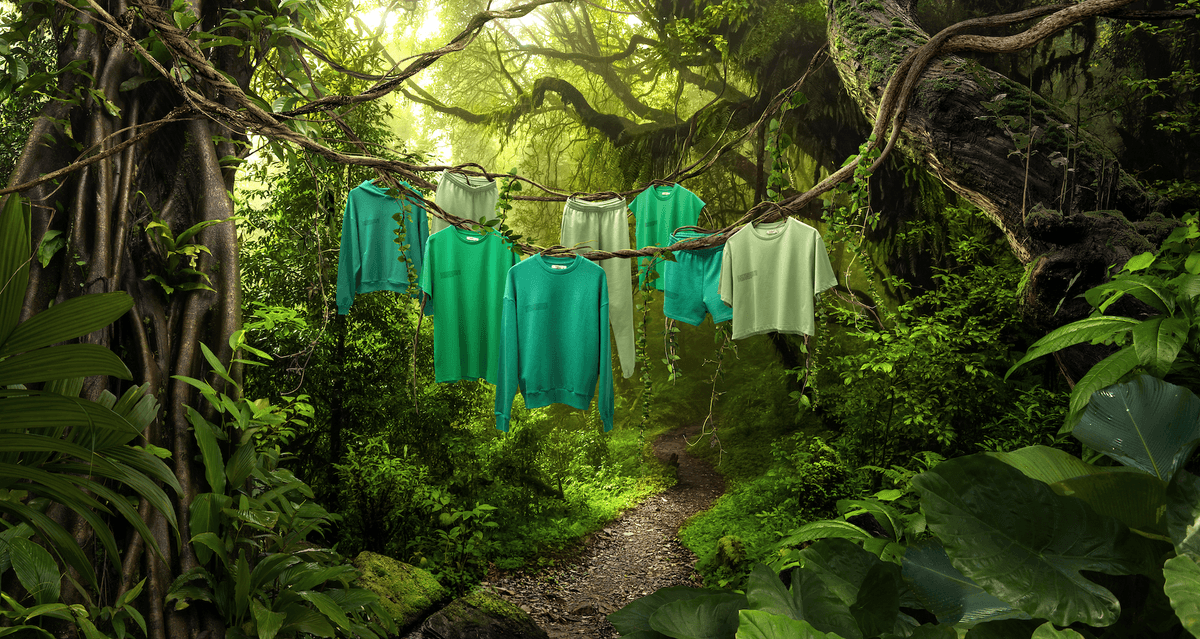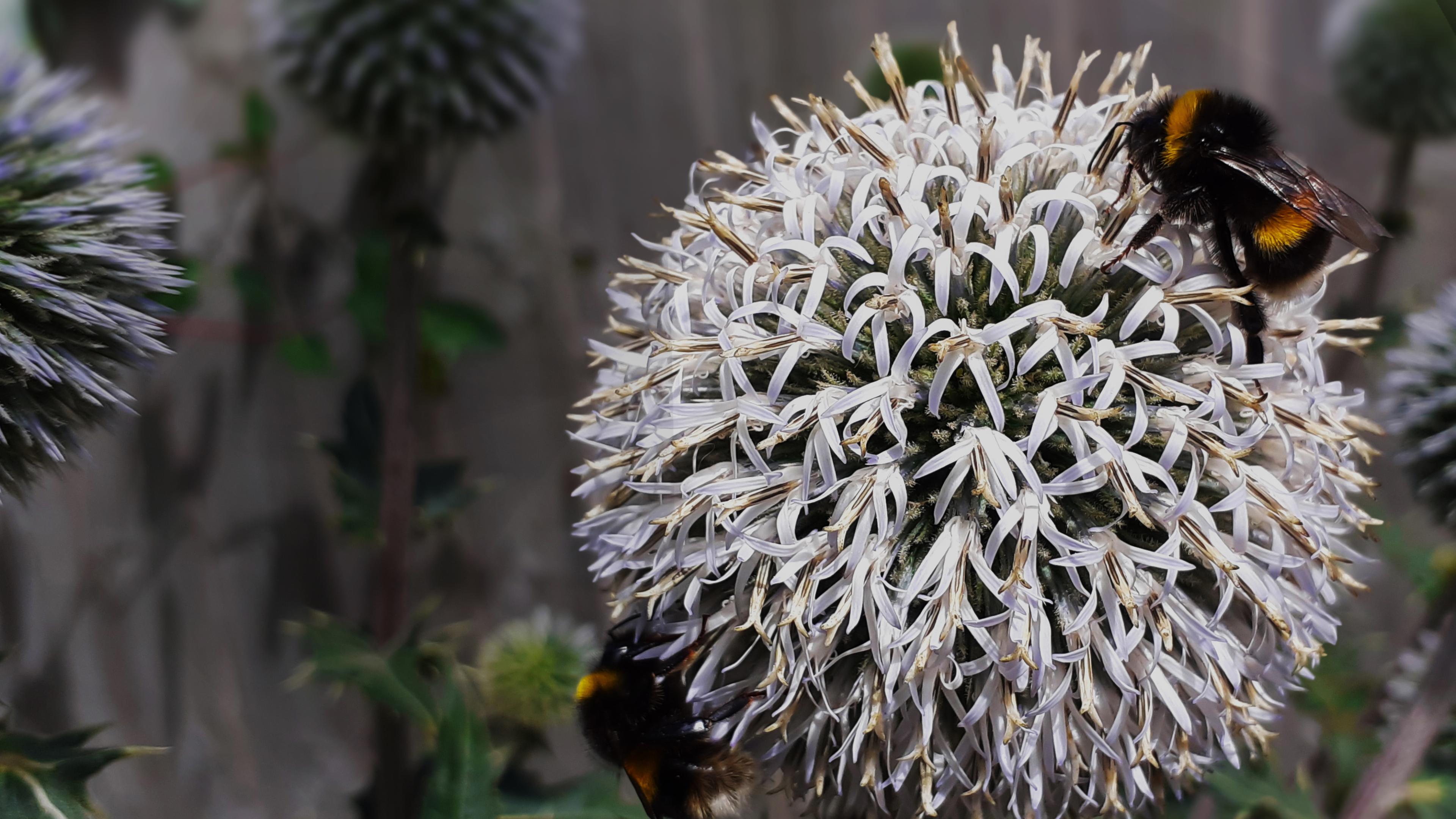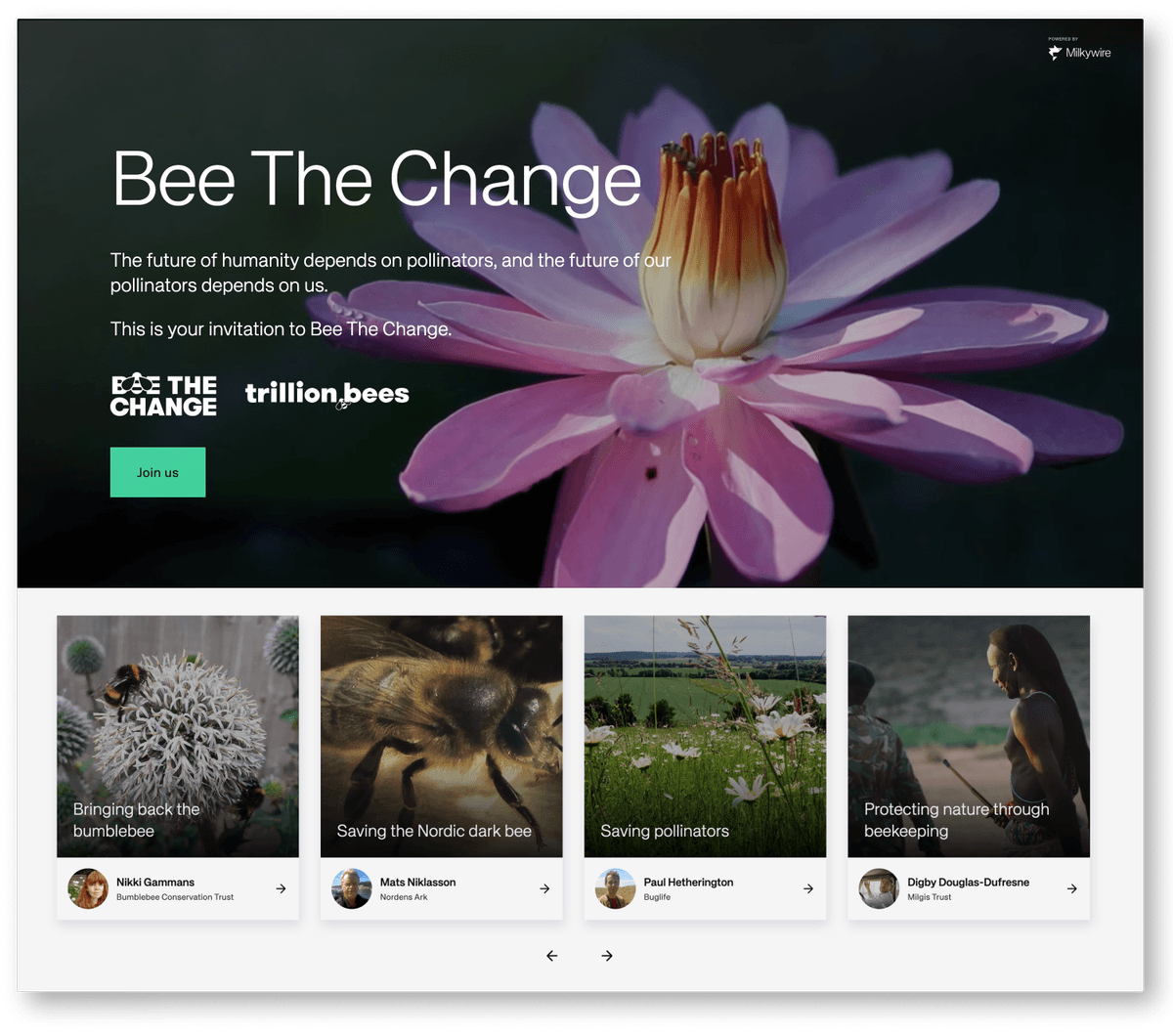Empowering PANGAIA to redefine sustainability standards
Milkywire is proud to partner with sustainable clothing brand PANGAIA in their quest to become the company that gives back more than it takes.
54
impact projectsTogether with Milkywire, PANGAIA has supported 54 different projects within three different portfolios.
28
CountriesPANGAIA is supporting projects in 76 locations across 28 countries.
96K+
Hours in the fieldPANGAIA’s support has enabled over 96,000 hours of fieldwork.
Integrating impact into PANGAIA’s business model
PANGAIA's mission is to pave the way for an Earth Positive Future, aiming to create a business model that benefits the planet more than if their products didn't exist. Striving to meet these ambitious standards, they've made sustainability a fundamental aspect of their brand identity.
For four years, Milkywire and PANGAIA have united in their commitment to generate measurable, lasting impact. Together, they focus on empowering local impact initiatives, aligning their efforts to foster sustainable change.


“The team at Milkywire feels more like an extension of our internal team, and we all really enjoy working with them. They always go above and beyond" - Maria Srivastava, Chief Impact Officer at PANGAIA
Maria Srivastava, Chief Impact Officer at PANGAIA
Milkywire solutions for PANGAIA
Portfolios of high-quality projects curated by experts, supporting positive change across multiple environmental topics
A dedicated space for you to monitor your impact and employee engagement via the Impact Portal
Easy to build, plug and play campaign pages to build engagement, helping scale partnerships
Get closer to impact with curated photos and videos directly from the field
Implementation of internal carbon fee based on your emissions to take your business beyond carbon credits
Vetted projects feature diverse strategies for tackling climate, nature, and biodiversity action
Offering a diverse portfolio of projects
PANGAIA started supporting the Forests and Landscapes fund at the end of 2020 to expand tree planting efforts into a more holistic approach, with the aim to keep supporting reforestation initiatives but also cover the conservation and protection of forests.
The Pollinators fund was launched on World Bee Day 2020, with the aim to raise awareness of the importance of pollinators and support grassroots NGOs working to preserve them. Pollinators are crucial for the balance and health of ecosystems around the world.

Creating engagements with partners & consumers while making an impact
PANGAIA uses our plug-n-play solution to host sustainability pages for the Trillion Bees Coalition, through which they engage their customers, community and corporate partners.

Ready to talk impact?
Let’s have a conversation about how we can support you in fulfilling your climate and nature commitments.
Join our newsletter to learn about the progress of our portfolios, expert insights, updates from our platform, and more.